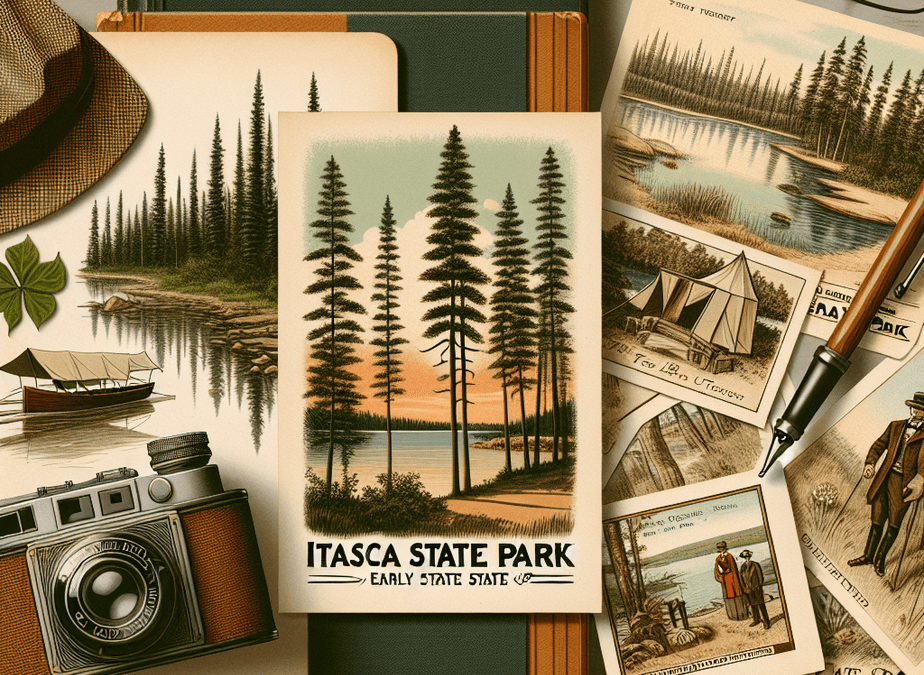Itasca State Park, renowned as Minnesota’s oldest state park, is not just a scenic retreat but also a living archive of early vacation culture. Recently, a collection of vintage postcards has come to light, offering fascinating glimpses into the park’s formative years. These postcards, adorned with picturesque images and heartfelt handwritten notes, transport us back to a time when the simple pleasure of a summer getaway was captured through pen and ink. This tangible connection to history invites visitors and historians alike to engage with the personal experiences of those who first discovered Itasca’s natural charm.
The postcards serve as an intimate record, revealing more than just the landscapes—they expose the social fabric and leisurely pursuits of early 20th-century vacationers. From enthusiastic notes about camping adventures to candid reflections on nature’s tranquility, these pieces shed light on how the park became a beloved escape from everyday life. They provide a rare window into individual stories, allowing us to appreciate the evolving relationship between people and the environment long before digital photography and social media.
What makes this discovery particularly engaging is how it enriches our understanding of Itasca’s historic role in outdoor recreation. By examining the messages on these postcards, we see the park not merely as a location but as a vibrant setting for human connection and exploration. It reminds us that the roots of American outdoor culture run deep, grounded in moments of joy, discovery, and sometimes even challenges chronicled by those early visitors with ink and paper.
Moreover, the work of lead naturalist Connie Cox in bringing these postcards into public view demonstrates the vital role of naturalists and historians in preserving and interpreting our shared heritage. Through careful curation and storytelling, she helps bridge the gap between past and present, encouraging new generations to appreciate the multifaceted history woven into the park’s trails and waters. It’s a compelling example of how historical artifacts can inspire contemporary engagement with nature and conservation.
In reflecting on these postcards, we are reminded that history is often found in the smallest details. These handwritten memories enrich our experience at Itasca State Park, turning each visit into a dialogue with those who came before us. As we stroll along the same paths once admired a century ago, we carry forward their stories, deepening our connection to this timeless landscape and the enduring human desire to find solace and adventure in the natural world.

